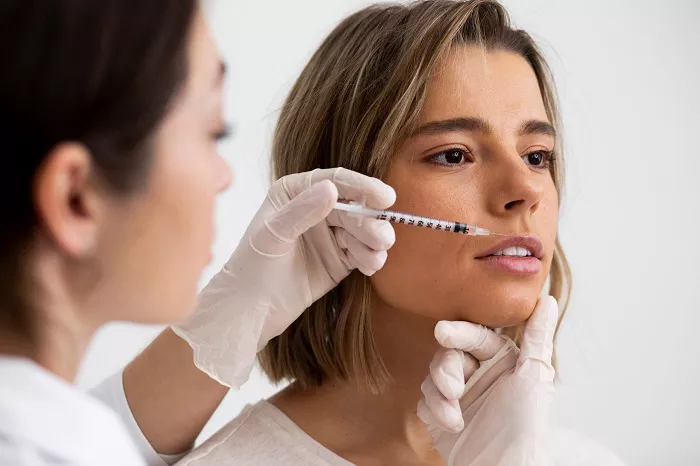Facial fillers, particularly hyaluronic acid-based injectables like Juvéderm and Restylane, have become popular for reducing wrinkles, restoring volume, and enhancing facial contours. However, many individuals wonder what occurs when they discontinue these treatments. This article explores the effects of stopping facial fillers, providing insights into the physical and psychological aspects of this decision.
What is Facial Fillers
Facial fillers are substances injected into the skin to add volume, smooth lines, and enhance facial features. The most common type, hyaluronic acid fillers, are temporary and gradually absorbed by the body over time. These treatments are minimally invasive and offer immediate results, making them a popular choice for those seeking aesthetic enhancements without surgery.
The Natural Dissolution Process
When you stop receiving facial filler injections, the existing filler in your skin doesn’t vanish overnight. Instead, it gradually breaks down and is absorbed by your body. This process can take several months, depending on factors like the type of filler used, the area treated, and your metabolism.
As the filler dissipates, the treated areas may slowly return to their pre-treatment appearance. You might notice the reemergence of wrinkles, fine lines, or volume loss that the filler had previously masked. However, this transition is typically gradual, allowing you to adjust to the changes over time.
Skin and Tissue Considerations
A common concern is whether stopping fillers will lead to sagging or accelerated aging. Research and expert opinions suggest that discontinuing fillers does not cause the skin to sag or age faster. Instead, the natural aging process continues, and without the added volume from fillers, signs of aging may become more noticeable.
In some cases, long-term use of fillers can stimulate collagen production, potentially leading to improved skin quality even after the filler has dissolved. However, overuse or excessive amounts of filler can stretch the skin, and upon cessation, this may result in a temporary period where the skin appears looser until it readjusts.
Psychological Impact
Beyond physical changes, stopping facial fillers can have psychological effects. Individuals accustomed to their enhanced appearance may experience a period of adjustment as their natural features reemerge. It’s essential to approach this transition with a positive mindset and realistic expectations.
Some people find renewed appreciation for their natural appearance, while others may choose to explore alternative treatments or skincare routines to maintain their desired look. Consulting with a qualified aesthetic professional can provide guidance and support during this period.
Alternatives and Maintenance
If you decide to stop using facial fillers but wish to maintain a youthful appearance, several alternatives can help:
- Skincare Regimen: Incorporate products with ingredients like retinoids, antioxidants, and peptides to promote skin health.
- Non-Invasive Treatments: Procedures like laser therapy, microneedling, or radiofrequency treatments can stimulate collagen production and improve skin texture.
- Healthy Lifestyle: A balanced diet, regular exercise, adequate hydration, and sun protection contribute to overall skin vitality.
These options can complement the natural aging process and support your skin’s health and appearance.
Conclusion
Discontinuing facial fillers is a personal decision that can be made safely and without fear of adverse effects. While the enhanced volume and smoothness provided by fillers will gradually diminish, your skin will not suffer lasting damage or accelerated aging. Understanding the natural dissolution process and exploring alternative treatments can help you navigate this transition confidently. Always consult with a qualified aesthetic professional to make informed choices about your skincare and aesthetic goals.
Related topics:


